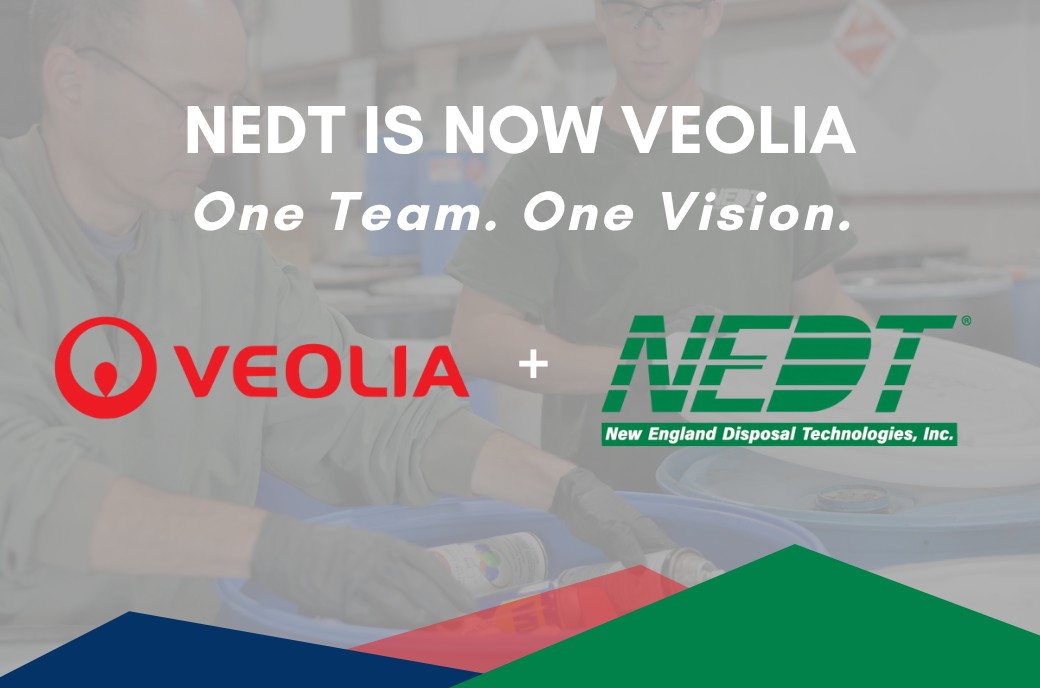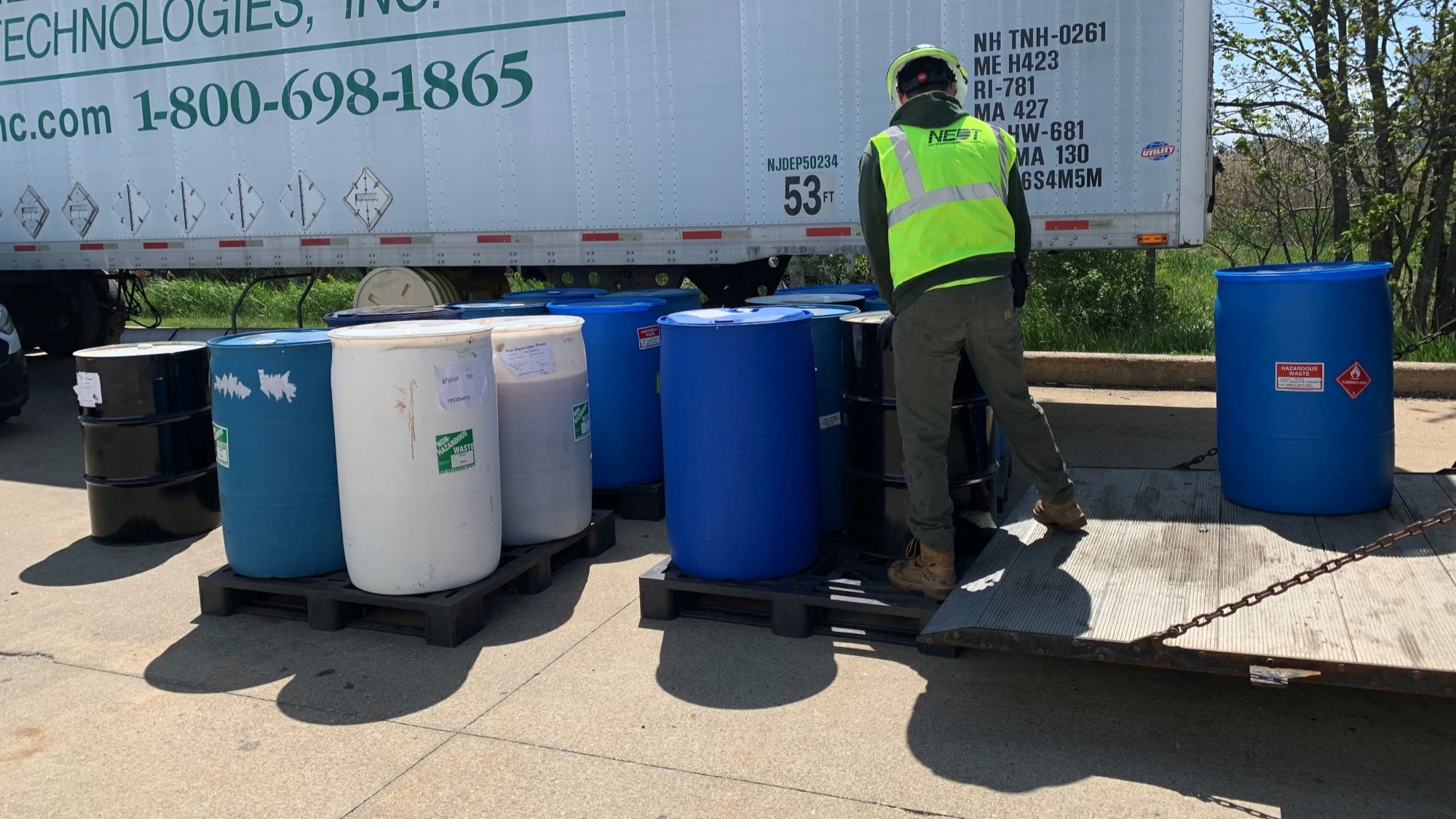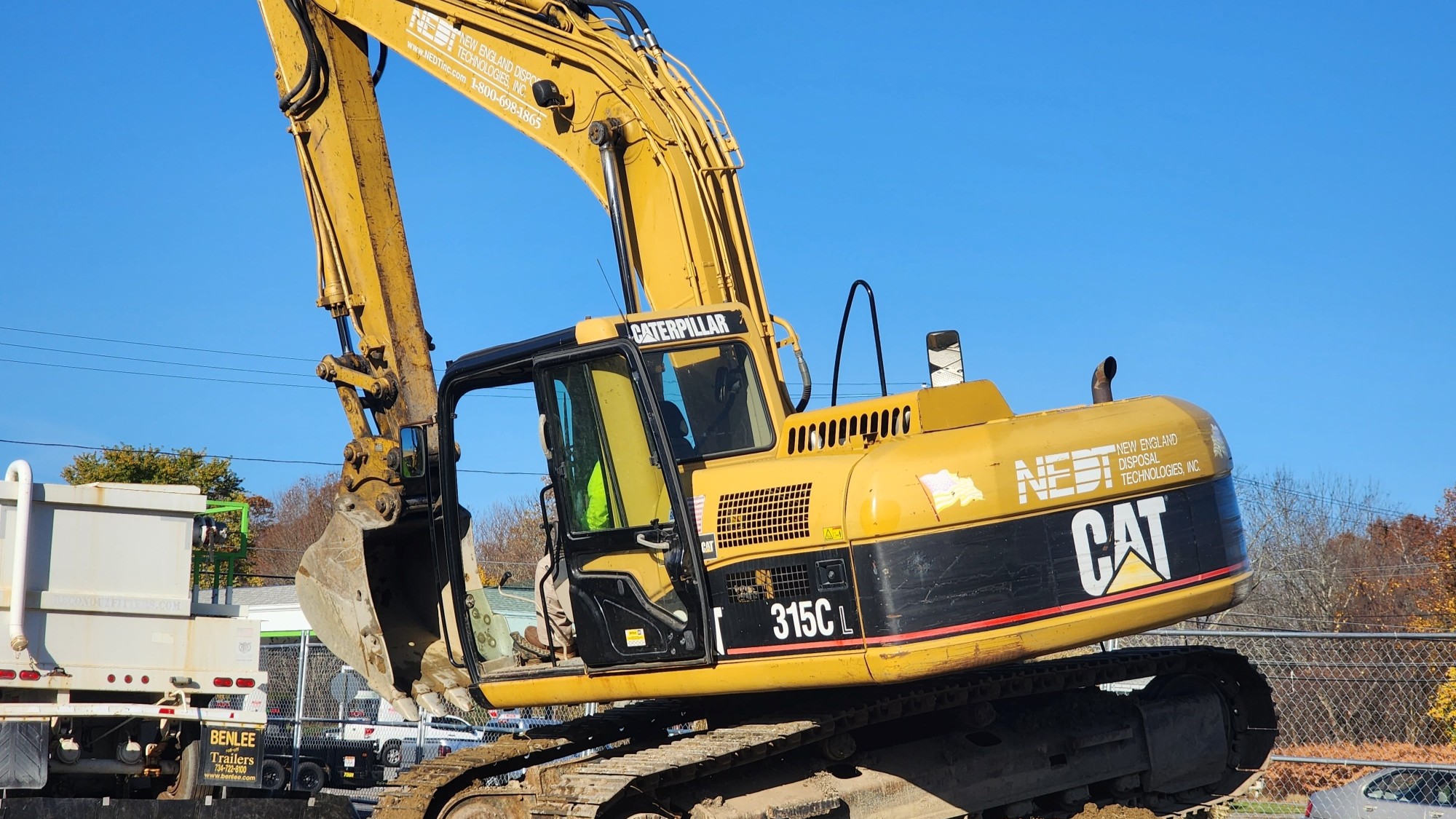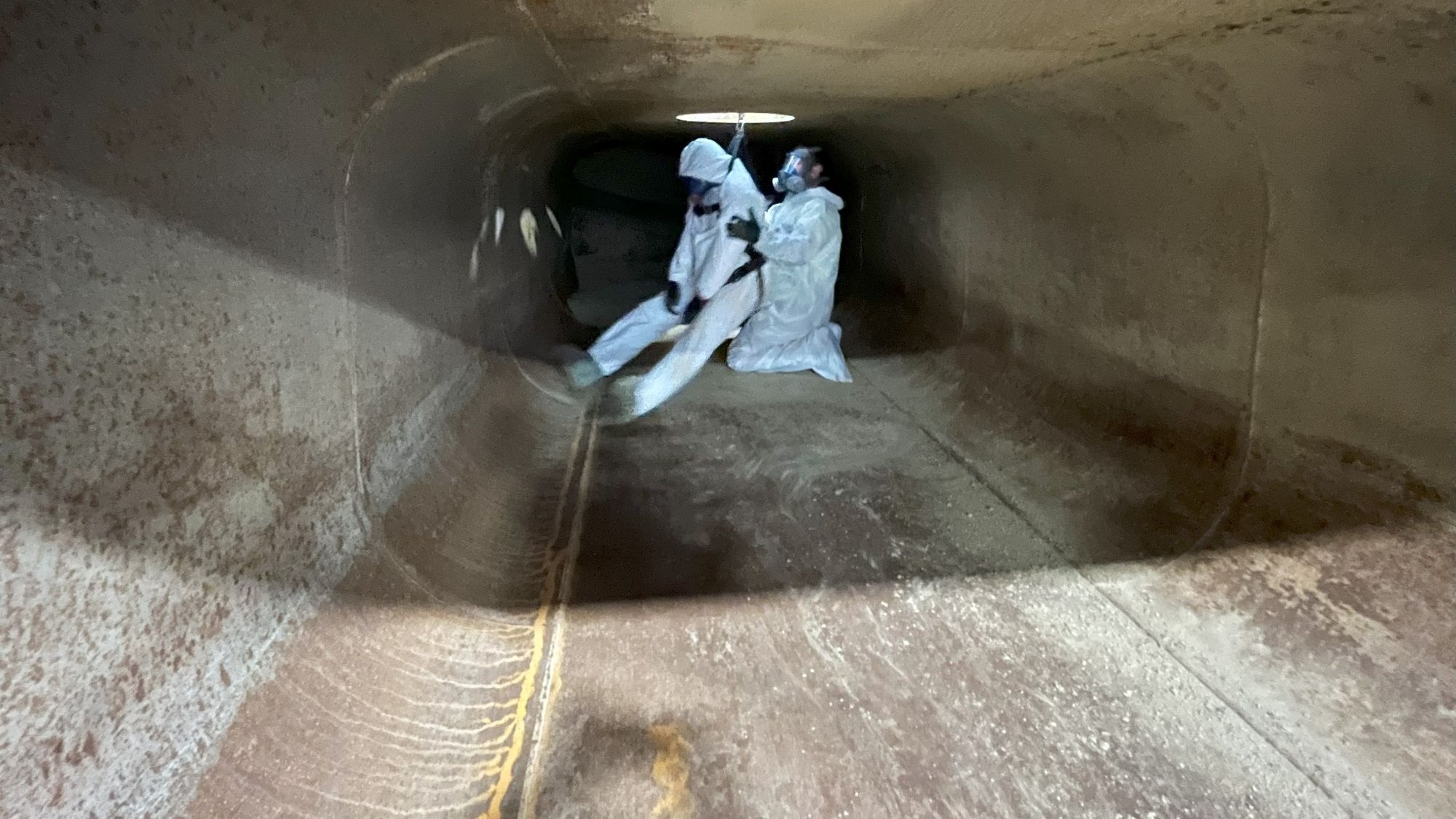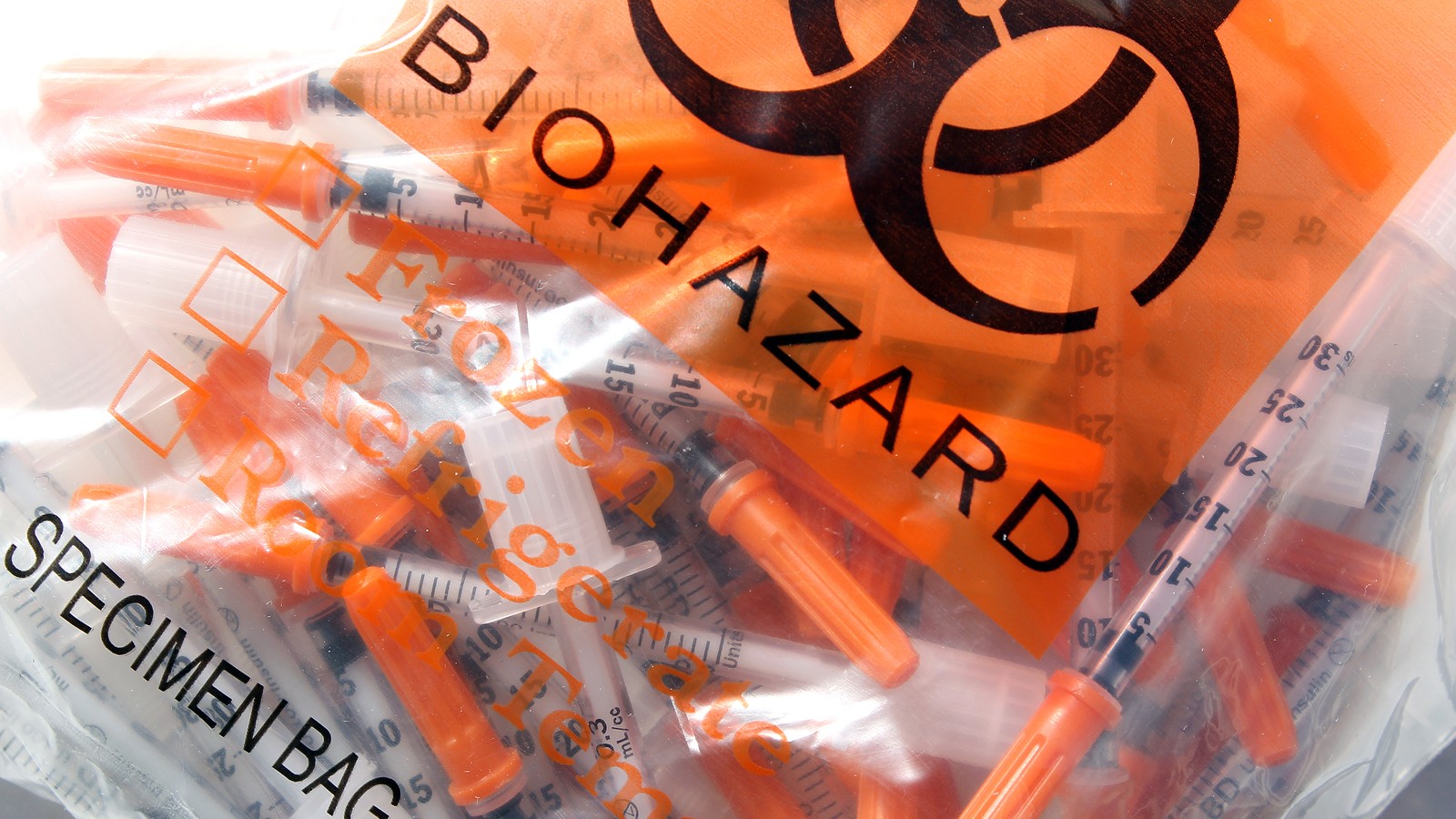An industrial site holds many hazards, particularly to contractors who are on-site to clean or perform maintenance. A normal office or commercial cleaning outfit isn’t going to be ready, but your own team doesn’t have the time, training, or equipment to do it themselves. So, who can you call in to clean an industrial site without risking lives or property? In some ways, this article also answers the question “who should clean an industrial site?” as the lines between requirements, common sense, and safety can get blurred.
The Training Needed for Industrial Cleaning
You’re aware of the risks for your industrial site during its operation, and these can be mirrored or even more hazardous during cleaning operations. Safety training and the procedures that go along with it are vital to keep staff, cleaners, and your equipment safe during cleaning, including:
- Hazardous Materials: The maintenance and cleaning of many industrial sites often involve accessing areas containing hazardous materials, necessitating policies, practices, and procedures for managing uncontrolled hazardous waste, such as HAZWOPER training.
- Confined Spaces: Certain spaces, such as tanks, utility tunnels, and crawl spaces in industrial areas, require special training and procedures, including OSHA’s Permit Required Confined Spaces (PRCS).
- Hazardous Energy: Industrial machinery contains dangerous amounts of electrical and mechanical energy, requiring hazardous energy training, including lockout/tagout (LOTO) practices and procedures.
These specific trainings, combined with a culture of preparedness, planning, and adherence to procedures, are vital for ensuring safety on industrial sites. Learn more in our blog, Why We Train: NEDT’s Hazardous Safety Training for All Projects.
The Equipment Needed for Industrial Cleaning
Hand in hand with safety training is the need for access to specialized (and often expensive) equipment required for safely cleaning industrial sites. This includes several broad categories of equipment, including:
- Protective Cleaning Gear: A wide range of protective gear may be needed, from eye and hand protection up to fully sealed protective equipment.
- Cleaning and Maintenance Equipment: Often, dirty work is only made possible with powered tools for maintenance and cleaning, such as industrial pressure washers.
- Transport & Cleaning Vehicles: Depending on the type of cleaning, vehicles may need to be involved in the operation or transportation of waste, such as the use of vacuum trucks.
Hazardous Waste and Contractor Management
Often in industrial cleaning circumstances, the cleaning of facilities often involves the discovery and generation of hazardous waste, ranging from petroleum-tainted greywater to chemical hazardous waste from cleaned process lines. Having a team that can dispose of hazardous waste after cleaning is crucial to preventing hazardous waste from accumulating, which can lead to both safety issues and regulatory fines. This makes having a hazardous waste management company, which can clean, transport the waste, and manage any subcontractors involved, vital for smooth operations.
It’s these features that set NEDT apart from other industrial cleaning services: the ability to cover any eventuality related to your projects, including the ability to seamlessly transition from industrial cleaning and maintenance to hazardous waste transportation and disposal, all with superior training, subcontractor management, and a focus on bringing projects in both on time and on budget. Learn more about us by visiting our site, and contact us today to get a quote and get started.



